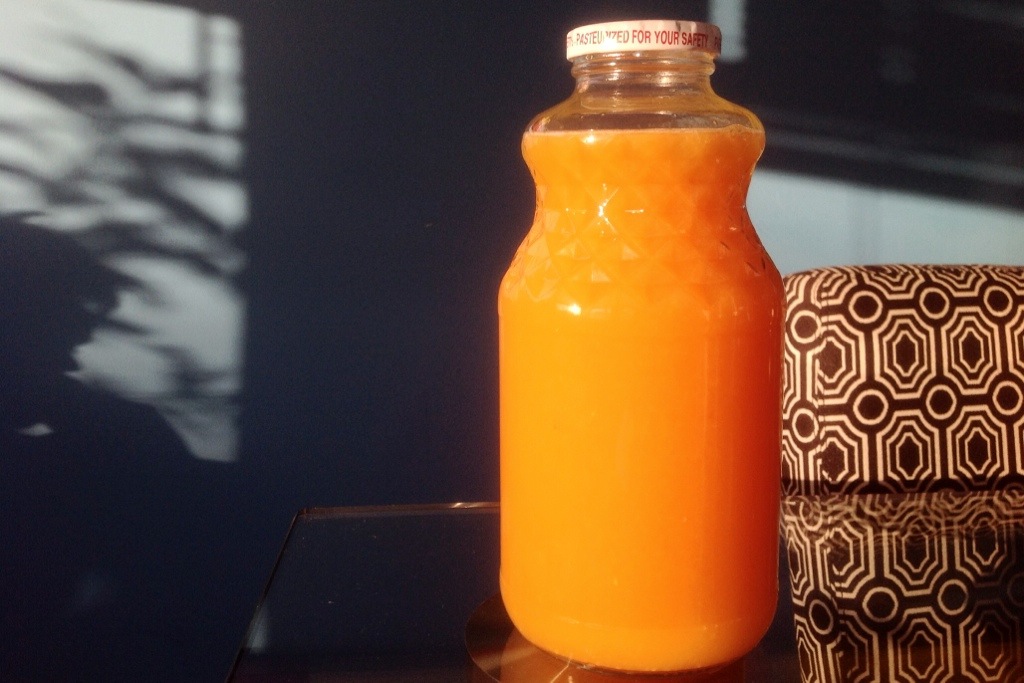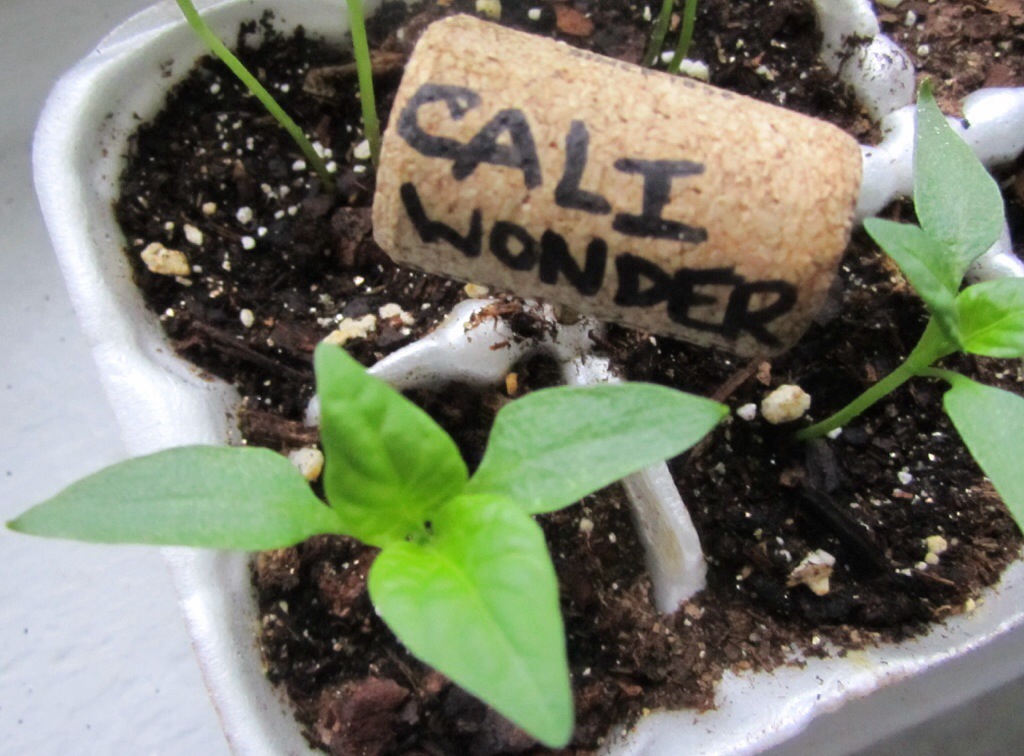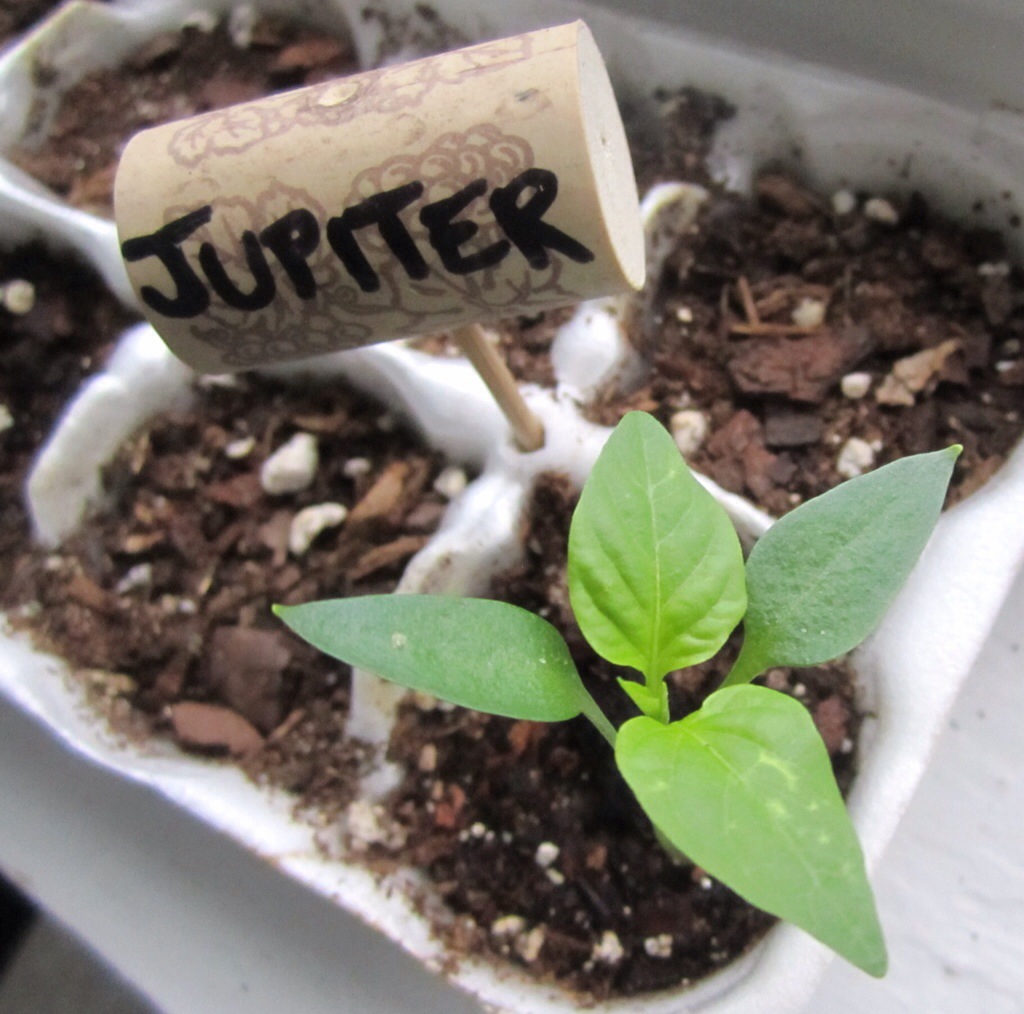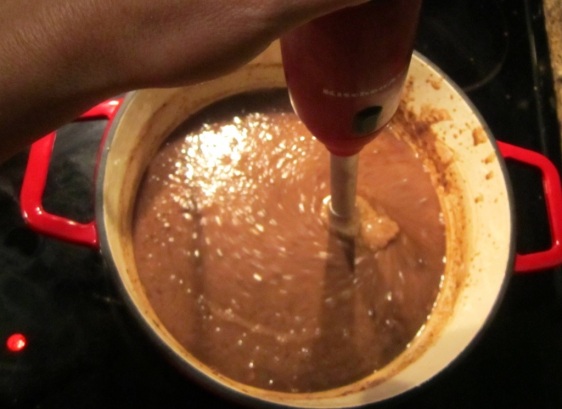Florida winters bring an abundance of gorgeous, colorful citrus to our farmers markets, and my friend Craig at the City Island Farmer’s Market in Daytona Beach has the best. He’s been in the citrus business his whole life and really knows his stuff. Depending on the week and what’s perfectly ripe (according to sugar content), he’ll have tangerines, tangelos, red grapefruits, white grapefruits, pineapple oranges, red navels, and honeybells, among others. And while I love to slice or peel and eat, I absolutely love to make fresh-squeezed juice. It’s fun to mix and match the varieties and get blends impossible to find in stores. Besides, there’s nothing like local.
This week, I squeezed sun glow tangerines and a couple of red navels, and it’s so simple to do. I use a small electric home juicer by Black & Decker that allows me to control the amount of pulp. I like next to no pulp and it does a good job of keeping the stuff out.
If you’re considering juicing citrus at home yourself, here’s some basic steps:
Gather up your favorite citrus fruits (go local if you can) and don’t forget to wash the skins.
Slice each fruit down the middle but not from the stem end. Avoid cutting through the poles.
Plug in your juicer and set it to the amount of pulp passage you desire. Get to juicing!
Remember to rinse the grates out when it get’s too gunky. Being clogged only makes the juice harder to filter down to the receptacle.
Pour it in a pretty jar.
Compost the skins, and enjoy your delicious juice!























 I’ve recently been eating a ton of legumes. I love how versatile they are and how easy they are to have on hand. I keep them dried in my pantry and even a few cans of organic, low-sodium options for when I’m in a rush. And, when it’s this stinking hot outside, a cold bean salad is a fantastic option for a light lunch or BBQ side dish. When I initially began throwing this together, I wasn’t sure I should blog it right away without getting feedback from my brutally honest friends. Well, it passed the test over the weekend, and I’ve even enjoyed toying around with the leftovers. Moral of the story? I’m now confident enough to share it with you today.
I’ve recently been eating a ton of legumes. I love how versatile they are and how easy they are to have on hand. I keep them dried in my pantry and even a few cans of organic, low-sodium options for when I’m in a rush. And, when it’s this stinking hot outside, a cold bean salad is a fantastic option for a light lunch or BBQ side dish. When I initially began throwing this together, I wasn’t sure I should blog it right away without getting feedback from my brutally honest friends. Well, it passed the test over the weekend, and I’ve even enjoyed toying around with the leftovers. Moral of the story? I’m now confident enough to share it with you today.





